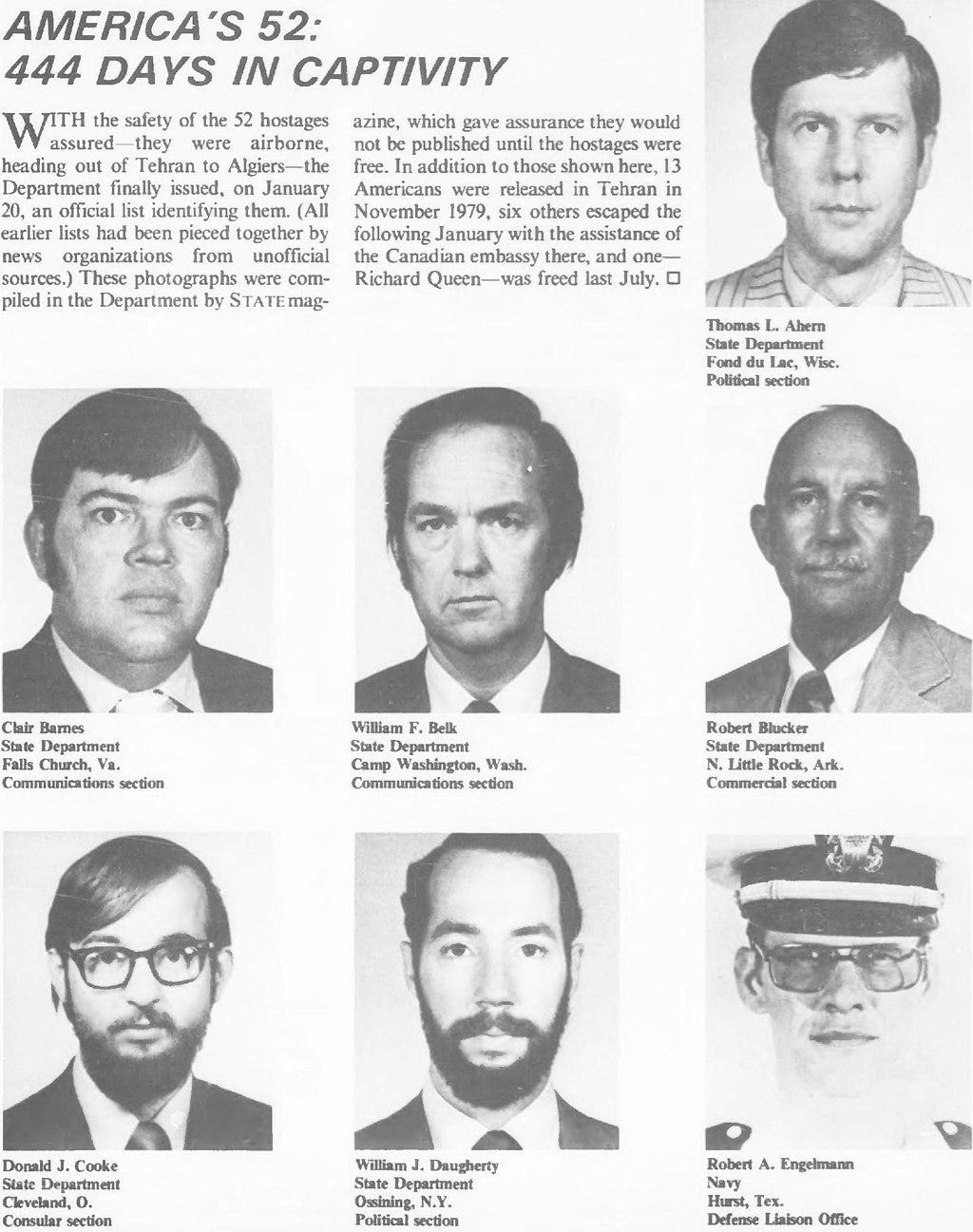“Those who cannot remember the past are condemned to repeat it” — Spanish-American philosopher George Santayana, 19051863 — Mud March
image generated by Bing Image Creator
In the middle of the U.S. Civil War (1861-1865), what came to be called “The Mud March,” an aborted planned offensive by Union General Burnside’s Army of the Potomac against Confederate General Robert E. Lee’s Army of North Virginia, began. Upon the Union army’s decampment, though, the weather turned wet, and soon Union cannon, wagons, and horses were bogged down in the mud, and the assault had to be abandoned.
Questions: What operations were the Army of the Potomac subsequently involved in? What operations were the Army of the Potomac subsequently involved in? What style of facial hair was Burnside known for?1942 — Nazi “Final Solution”
public domain image from wikimedia commons
On this date in 1942 (just several weeks after the bombing of Pearl Harbor), Nazi officials met to discuss what they euphemistically termed “The Final Solution of the Jewish question” — the premeditated murder and genocide of Jewish peoples.
At this brainstorming session from hell, some of the “solutions” proposed were working the Jews to death in concentration camps (which did happen in many cases), mass sterilization (which also happened), and deportation to Madagascar (which would have been relatively merciful, but did not occur). It was ultimately decided that these measures would take too long, and so gas chambers were agreed upon as the most efficacious way to carry out their diabolical aims.
Minutes of the meeting were kept, which led to the prosecution of many involved at the Nuremberg trials.
Questions: How many non-combatants died during World War 2 at the hands of the Nazi regime? What other groups (besides Jews) were violently persecuted by Hitler and his henchmen? What were "The Nuremberg trials," and when did they take place? How many were convicted, and to what were they sentenced? Who were some of the key figures present at the conference?1945 — FDR’s Fourth Inauguration
public domain images from wikimedia commons (Eleanor and Franklin D. Roosevelt and their 13 grandchildren on January 20, 1945, top; FDR being presented a fourth inauguration commemorative medal, bottom)
On this date in 1945, eighty years ago, FDR (Franklin Delano Roosevelt) was inaugurated for an unprecedented fourth time as President of the United States. He died less than three months later, on April 12th of that year.
Questions: Who succeeded FDR as President? Why was FDR so popular? How many U.S. Presidents have died in office? How many U.S. Presidents have died in office who were not assassinated?1981 — Iran Hostages Released
public domain image from wikimedia commons
After almost fifteen months being held captive in Iran, 52 American male hostages were finally released from captivity in Iran and returned home. The release took place minutes after Ronald Reagan was sworn in as U.S. President #40 (1981-1989). Jimmy Carter, the outgoing president (#39, 1977-1981) had worked tirelessly to free the hostages, but Reagan’s team had the release delayed until Reagan officially took office, instructing the Iranians to keep the hostages, who had already been put aboard a plane, on the tarmac until the inauguration was “in the books.”
Questions: What groups of people did the Iranians free in the early stages of the hostage-taking, and why? What prompted the storming of the U.S. embassy? What did the U.S. do for Iran in order to facilitate the release of the hostages? Did Carter have reservations about the decision that made the Iranians so angry? Who urged Carter to go forward with it anyway? What rescue mission did Carter attempt in 1980 (the year before), and how did it turn out?2020 — First U.S. COVID Case
public domain image from wikimedia commons
Five years ago today, the Corona virus, known as COVID-19 (because it was first identified on the last day of 2019, in Wuhan, China), was first confirmed as affecting a U.S. citizen, a 35-year-old resident from Snohomish County, Washington who had visited Wuhan. The first 14 COVID cases in the U.S. were contracted by people who had traveled to China. Soon, the virus spread nationwide and worldwide, shutting down many businesses and schools. A vaccination against COVID was finally made available at the end of 2020. Only one percent of the people who have contracted COVID worldwide have died from it, but the number of deaths is still very high (6.7 million, and counting). The U.S. percentage corresponds with that, with over 100 million cases (a ratio of about 1:3 residents) and over one million deaths (so far).
Questions: What was the result for the first U.S. COVID patient (did he survive)? When was the first COVID case of a U.S. citizen who had not traveled abroad? When was the first U.S. death (could be considered a trick question)? What earlier event (1918-1920) prefigured COVID-19?










